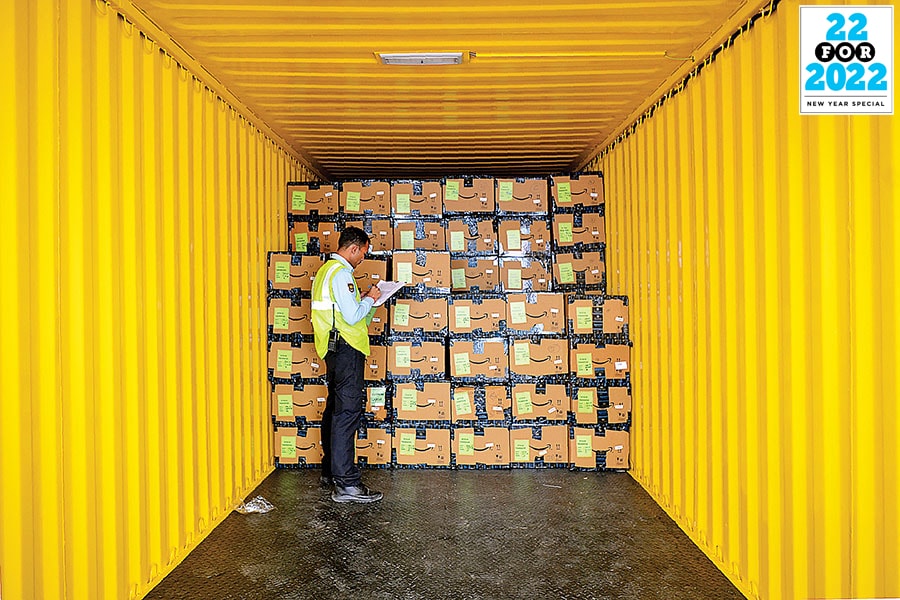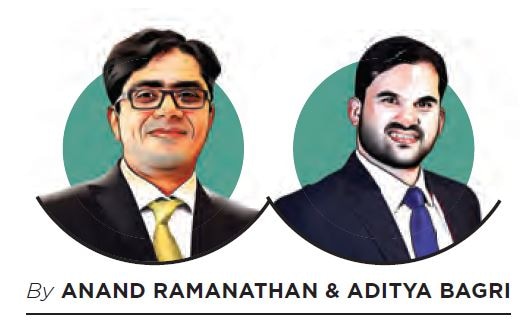
Three themes that will define businesses in the future
As consumers demand best-in-class experience, organisations will need to enable agile, nimble, and purposeful ways of working to create deeper connections, Deloitte's Anand Ramanathan and Aditya Bagri write
 As physical and digital touchpoints converge, the retail landscape is seeing the emergence of customers who are highly aware, willing to experiment and prefer a direct engagement with brands
As physical and digital touchpoints converge, the retail landscape is seeing the emergence of customers who are highly aware, willing to experiment and prefer a direct engagement with brands
Image: Manjunath Kiran/ AFP
 The ecommerce industry in India has seen rapid growth, fuelled by a high rate of digital adoption, aspirational consumers, and maturity of the auxiliary ecosystem such as logistics, packaging, payments etc, leading to faster penetration beyond the metros to Tier II and III towns.
The ecommerce industry in India has seen rapid growth, fuelled by a high rate of digital adoption, aspirational consumers, and maturity of the auxiliary ecosystem such as logistics, packaging, payments etc, leading to faster penetration beyond the metros to Tier II and III towns.
The Covid-19 pandemic has accelerated these trends, with a significant proportion of consumers shifting spends to the online channel and sticking to this decision, even as physical stores opened up. This is reflected in Deloitte’s State of the Consumer Tracker for November 2021 with online emerging as the intended purchase channel for 50 percent of Indian consumers in key categories such as electronics, personal care and apparel.
In response to these paradigm shifts in consumer behaviour, we have seen companies restructure and build a wide range of new capabilities. It has led to the emergence of new digital business models (remote sales, quick commerce etc) as well as a swift scale-up of existing models (omnichannel, D2C etc). Organisations are increasingly realising that ecommerce offers benefits beyond the channel and also tremendous potential to use data from a front-end and organisation-facing standpoint to enhance their revenues and create future-ready operating models As we crystal-gaze into the future, there are three clear themes emerging which will define the way business is conducted in the coming years.
The rise of Direct to Consumer (D2C) models: As physical and digital touchpoints converge, a new set of ‘non-linear’ consumers are emerging who are highly aware, willing to experiment and prefer direct engagement with brands. This has led to an explosion of D2C models that allow companies to directly own consumers and gain access to high quality data which can be used to create highly personalised and tailored offerings. On one hand, digital native companies have flourished by adopting an online-first approach and creating multiple revenue streams such as subscriptions, memberships etc. Further, as the partnerships ecosystem has matured, the digital natives have focussed on their core competencies of consumer acquisition and retentions, leaving other operational activities such as technology, logistics and payments to a wider set of specialist companies who work across industries. There are also established examples of such companies then scaling up by creating offline touchpoints which allow customers to touch and feel the products, enriching the existing customer data set and helping them expand to newer segments.
(This story appears in the 30 November, -0001 issue of Forbes India. To visit our Archives, click here.)




 Companies are going beyond using the online channel as a medium to facilitate transactions; they are adopting a platform model to provide a holistic mechanism for all stakeholders to create value for each other
Companies are going beyond using the online channel as a medium to facilitate transactions; they are adopting a platform model to provide a holistic mechanism for all stakeholders to create value for each other




